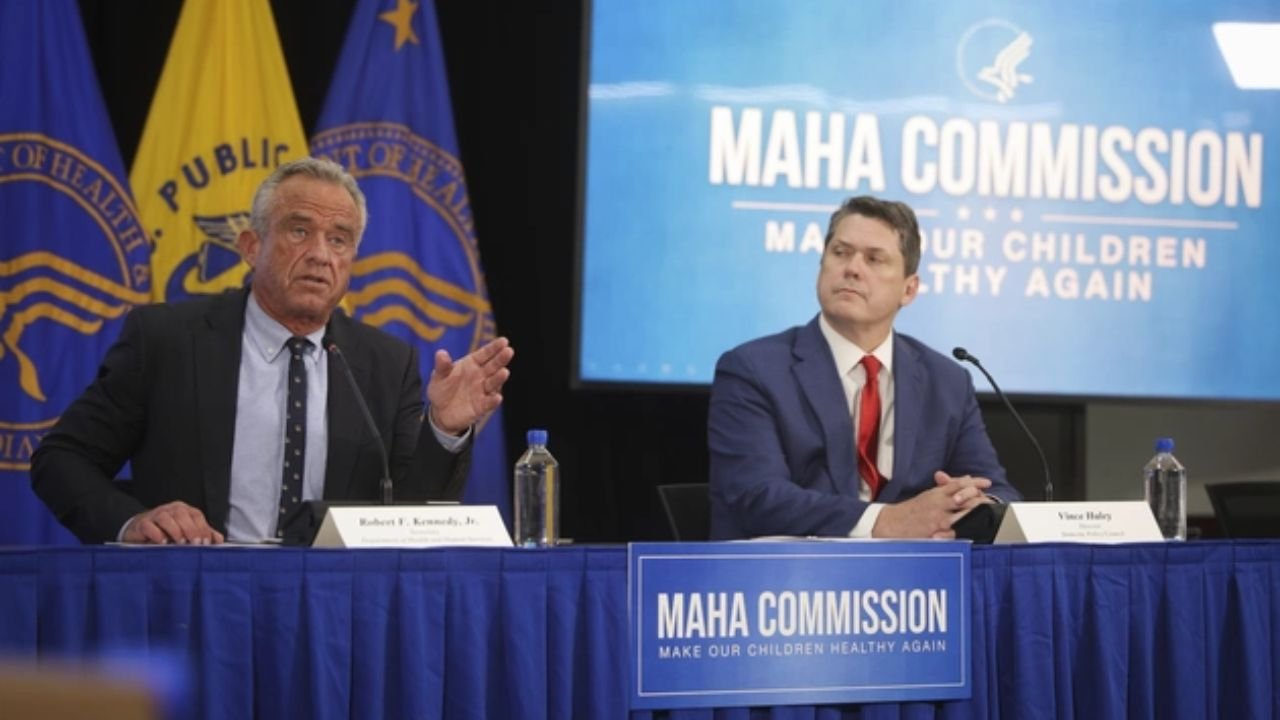The Make America Healthy Again (MAHA) Commission has released a groundbreaking strategy aimed at reversing decades of failed policies that have contributed to rising childhood chronic diseases across the United States. The plan, known as the Make Our Children Healthy Again Strategy, introduces more than 120 initiatives focused on strengthening science, reforming food systems, increasing public awareness, and driving collaboration between government, communities, and the private sector.
A National Effort for Healthier Generations
The Commission, chaired by U.S. Health and Human Services Secretary Robert F. Kennedy Jr., has been tasked with investigating the root causes of America’s health crisis. Central to the mission is the growing epidemic of childhood chronic illnesses, which threaten both current and future generations. In unveiling the strategy, Kennedy described it as the most sweeping reform agenda in modern history designed to restore transparency, put science over special interests, and protect American families.
Farmers, Families, and Communities at the Center
U.S. Secretary of Agriculture Brooke L. Rollins highlighted the importance of farmers and ranchers in the national health movement. She emphasized that America’s agricultural sector, alongside parents, doctors, and local communities, plays a key role in addressing chronic diseases. From commitments by major food brands to remove artificial dyes to providing states with tools to limit junk food and soda purchases under SNAP, Rollins stressed that healthier food systems are critical to long-term change.
Science, Research, and Executive Action

At the core of the MAHA plan is a commitment to expand scientific research into nutrition, food safety, environmental exposures, and mental health. The Commission also called for historic executive actions, including reforms to dietary guidelines, stronger food labeling, and higher infant formula standards. Other measures include removing harmful chemicals from the food supply and tightening regulations around drug advertising. Together, these reforms aim to ensure families have access to safer food and better health outcomes.
Cutting Barriers and Streamlining Processes
The Commission also identified outdated processes that hinder progress. Reforms will include modernizing FDA approvals for new drugs and devices, streamlining organic certification, and expanding farm-to-school programs. By restoring whole milk in schools, supporting mobile grocery services, and providing more direct farm-to-consumer access, the strategy seeks to make healthier options more accessible to families across urban and rural America.
Building Awareness and Education
Recognizing that healthier futures also depend on education, the MAHA strategy introduces school-based fitness and nutrition campaigns, along with public awareness drives on screen time and mental health. Parents will be given better access to reliable nutrition and health information, while pediatric health and wellness will take priority at both the federal and community level.
Collaboration with the Private Sector
The strategy also underscores the need for private sector collaboration. Initiatives will promote healthier restaurant meals, support soil health and land stewardship, and scale community-led programs that address the root causes of chronic disease. Leaders from across industries have already pledged to work with government agencies to implement solutions that benefit both families and the environment.
A Blueprint for the Future
Leaders across government, including the FDA, EPA, USDA, and NIH, expressed strong support for the MAHA strategy, describing it as a historic blueprint for protecting children’s health. From redefining how the nation approaches chronic disease to ensuring cleaner air, water, and soil, the plan is seen as the most ambitious national effort yet to prioritize the well-being of future generations.

